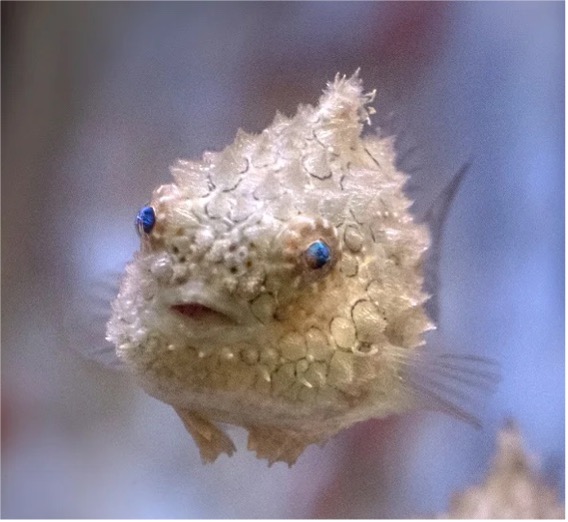Aquatic Resources
0.0(0)
0.0(0)
Card Sorting
1/30
Earn XP
Description and Tags
Study Analytics
Name | Mastery | Learn | Test | Matching | Spaced |
|---|
No study sessions yet.
31 Terms
1
New cards
Total productivity can be increased by
rearing non-competitive species together.
2
New cards
Captive rearing and release example
Population seeding.
3
New cards
Hydroponic productivity increases because of the nutrients and organic matter supply: ________ is full of nutrients that the plants use.
Fish faeces
4
New cards
Temperature
Dependant on species, warmer ________ increase growth rates, but decrease oxygen; Increases metabolic reaction rates.
5
New cards
Water flow
Fish often swim against the flow of water; This is used to get individuals to swim on the same direction, decreasing collisions and disease spread.
6
New cards
Carnivorous species
________, like salmon, are fed of small oily (like herring) fish which are caught easily.
7
New cards
stock density
Increased ________ increases the spread of parasites and diseases.
8
New cards
Herbivorous fish
________ are more likely to find natural food.
9
New cards
Advantages of aquaculture
High productivity
High food conversion rates (energy ratios)
Herbivorous species feed off naturally growing plant species or crop waste.
High food conversion rates (energy ratios)
Herbivorous species feed off naturally growing plant species or crop waste.
10
New cards
Habitat fragmentation results in
Exposure to predators.
11
New cards
Dynamite fishing
Stuns fish using shockwaves
Destroys habitats.
Destroys habitats.
12
New cards
hormone injections
Eggs and milt are collected from mature individuals (sometimes using ________)
13
New cards
Different net mesh sizes
This can allow juvenile fish to escape nets
14
New cards
Acoustic deterrent devices
Produces sound waves that repel aquatic species which communicate using echolocation
15
New cards
Biodegradable fishing equipment
Prevents ghost fishing
16
New cards
Different hook shapes/sizes
Specially designed to only catch target species
17
New cards
Decoys
Deter birds from becoming susceptible to ghost fishing.
18
New cards
Artificial control of abiotic and biotic factors to maximise productivity
High food inputs for carnivorous species
Fish farms
Monoculture
Growth hormones
Small nets
Pesticides
Fish farms
Monoculture
Growth hormones
Small nets
Pesticides
19
New cards
Introducing a fish to a pond and allowing it to feed on wild food
Maintaining habitats
Protection from predators
Natural food
Pest control species
Decreases disease
Protection from predators
Natural food
Pest control species
Decreases disease
20
New cards
Location
Does the specie thrive in the local abiotic factors
21
New cards
In some species, it is desirable to have a specific sex
Growth rates
Breed stock
Caviar (Andalucía)
Breed stock
Caviar (Andalucía)
22
New cards

Spread of disease is controlled using
Circulating water tanks (fish naturally swim against the flow)
Pesticides
Biological control (lump suckers)
Pesticides
Biological control (lump suckers)
23
New cards
Predation and competition is controlled by
Netting
Bird scarers
Culling of predators
Bird scarers
Culling of predators
24
New cards
Temperature
Dependant on species, warmer temperatures increase growth rates, but decrease oxygen
Increases metabolic reaction rates
Increases metabolic reaction rates
25
New cards
Dissolved oxygen
Fish with high oxygen requirements need aerated tanks
Food waste and faecal matter need to be removed
Fish with low oxygen requirements can be kept at greater densities
Food waste and faecal matter need to be removed
Fish with low oxygen requirements can be kept at greater densities
26
New cards
Day length
Reproduction is affected by ____________
Some species stop growing when they become sexually mature
Some species stop growing when they become sexually mature
27
New cards
Water flow
Fish often swim against the flow of water
This is used to get individuals to swim on the same direction, decreasing collisions and disease spread
This is used to get individuals to swim on the same direction, decreasing collisions and disease spread
28
New cards
Hydroponic productivity increases because of the nutrients and organic matter supply
Fish faeces is full of nutrients that the plants use
29
New cards
Advantages of aquaculture
High productivity
High food conversion rates (energy ratios)
Herbivorous species feed off naturally growing plant species or crop waste
High food conversion rates (energy ratios)
Herbivorous species feed off naturally growing plant species or crop waste
30
New cards
Disadvantages of aquaculture
Carnivorous species have lower productivity
Carnivorous species are fed off fished species
Some species cannot be raised in captivity
Carnivorous species are fed off fished species
Some species cannot be raised in captivity
31
New cards
Environmental impacts that need to be reduced include
Food supply impacts
Habitat loss
Pesticide pollution
Development of antibiotic resistant bacteria
Lice control impacts
Wild gene pool impacts
Introduction of non-indigenous species
Organic waste pollution
Habitat loss
Pesticide pollution
Development of antibiotic resistant bacteria
Lice control impacts
Wild gene pool impacts
Introduction of non-indigenous species
Organic waste pollution